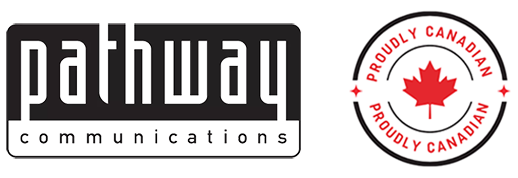3 key factors that drive IT decisions
In our experience providing services to over 1500 businesses, we’ve found that IT decisions are driven by three key factors:
- Ongoing operational cost
- Sustainability and availability
- Competitive advantage
Of course, there are many other factors that influence decisions. However, to address the factors above, business leaders usually ask us three questions.
Question 1: How do we get predictable operational costs which lower the TCO for our IT services?
Although some organizations achieve predictable operational costs for IT on their own, most don’t. They struggle with inadequate resources and experience that prevents them from optimizing their operations. Unplanned work is often a key problem that bogs down internal IT resources.
To overcome these problems, many organizations turn to third party outsourcers. However, sometimes this isn’t the right solution. Here’s how we find out if it is:
1. Audit: We review your organization’s internal controls, infrastructure, and effectiveness, uncover potential risks, and suggest corrective steps to mitigate them.
The final audit report provides you with insight into your organization’s current IT situation. Depending on the findings, we provide recommendations about how you can improve your IT infrastructure using internal or third party resources.
2. Performance benchmarks: We compare your IT performance with industry standards and show you areas for improvement by:
- Measuring your IT capital budget spending levels
- Analyzing your IT staffing levels
- Evaluating your IT key performance indicators
3. Cloud: We analyze how we can make your operations more agile and efficient by moving physical servers and devices into a secure, private cloud environment. By putting multiple servers on a single, reliable physical host, you lower IT costs and improve availability.
These steps confirm how you can achieve predictable IT costs through in-house improvements and outsourcing.
Question 2: What systems and processes do we need to safeguard in the event of a disaster and how do we ensure the continued operation of our business?
There is no one size fits all answer for providing disaster recovery (DR) solutions. It’s important to determine a proper strategy for dealing with your exact situation and the likely effects of any disaster.
To do this, we always start with a Business Impact Assessment (BIA). The assessment:
- Identifies the inherit risks of potential disasters
- Outlines the predicted impact of a disaster in terms of loss of data, recovery timelines, and lost revenue.
A BIA is the heart of the DR planning process and determines the precise effects of disaster on your organization. The BIA also helps your organization figure out which services are too critical to risk losing during a disaster. In many cases, such as with corporate email and telephony, organizations benefit from having services hosted and managed offsite at a third party location that won’t be impacted by a disaster.
Question 3: What processes and services are too important to outsource?
The answer to this question is really a combination of discoveries in the question 1 and 2 that makes sense for your organization. After the audits, benchmarking, and BIA are complete, organizations usually outsource IT infrastructure that benefits from predictable costs savings, better resourcing, and improved service levels. Cloud services and DR planning are also a driving force in having companies outsource select processes and services into high availability and reliable third party environments.
For example, a mutual funds distribution business decided to control its wealth management application while outsourcing its communications infrastructure, server virtualization, and IT management to a third party. Coordination and communication services are essential to their business — so essential, in fact, that outsourcing them to a highly reliable third party private cloud environment ended up being a better choice than hosting the services in-house.
Why does this matter?
Whether we find that some services are best left in-house or outsourced, it’s still a good idea to get a third party to take a look at your IT infrastructure to find ways to stabilize your operating costs, improve sustainability, retain your competitive advantage, and open up doors to manageable IT solutions.

